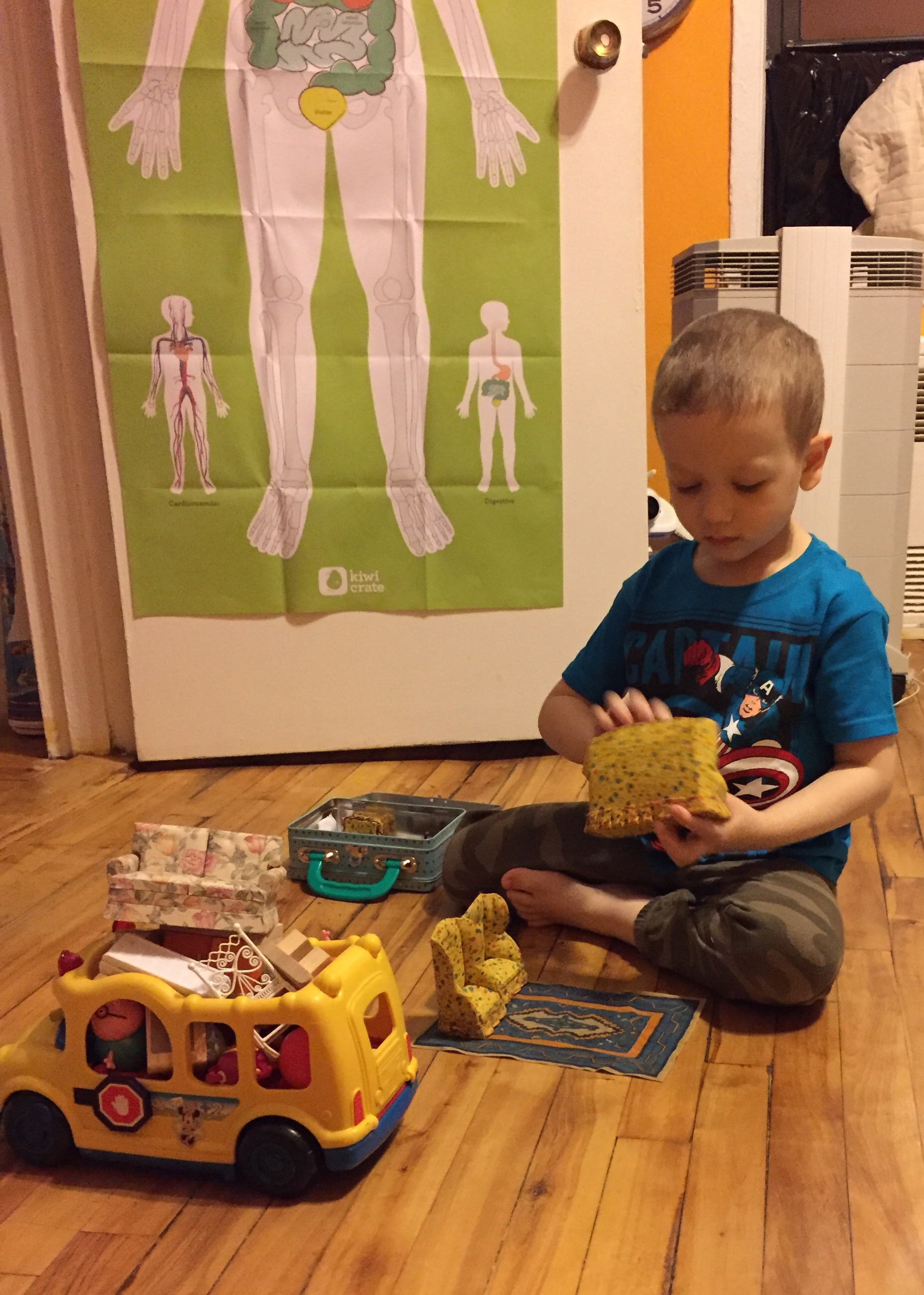 Well I am sure we are not alone in wishing this month could be rewritten. As though to prove nothing in this world is safe, Idan’s graft has been slipping, showing early signs of a possible rejection. We got results back from the chimerism tests last week. This is the test that checks what % donor vs % host (Idan) are in the cell lines emerging from his bone marrow. For those who appreciate the numbers, Idan’s t-cells (the ones we need the donor cells to replace) were 92% donor at Day 27, 96% donor at Day 55, 91% donor at Day 79, and 86% donor at Day 119. For any other transplant, there would be no reason to panic at this initial trend, but this is no ordinary transplant. Because of Idan’s history of rejecting the first graft, and the fact that X-Linked Hyper IgM patients reject at a higher rate than other immune deficiencies, this drop of 10% over the course of two months is reason to panic.
Well I am sure we are not alone in wishing this month could be rewritten. As though to prove nothing in this world is safe, Idan’s graft has been slipping, showing early signs of a possible rejection. We got results back from the chimerism tests last week. This is the test that checks what % donor vs % host (Idan) are in the cell lines emerging from his bone marrow. For those who appreciate the numbers, Idan’s t-cells (the ones we need the donor cells to replace) were 92% donor at Day 27, 96% donor at Day 55, 91% donor at Day 79, and 86% donor at Day 119. For any other transplant, there would be no reason to panic at this initial trend, but this is no ordinary transplant. Because of Idan’s history of rejecting the first graft, and the fact that X-Linked Hyper IgM patients reject at a higher rate than other immune deficiencies, this drop of 10% over the course of two months is reason to panic.
Unlike the last time, we have a robust amount of donor cells to begin with, so the hope is to stop the graft from falling further, and maybe save the graft. As long as we can keep a good chunk of donor cells (around 20-30%), a cure is still possible.
The problem is, once it starts falling, there’s no easy way to stop it. It comes down to four options: 1) increase immune suppression, 2) stop immune suppression, 3) give Idan a Donor Lymphocytes Infusion (DLI) if the graft continues to fall, or 4) do nothing and see what happens. Well, we will never be the “do nothing” kind of folks, so we are fighting like hell to keep this graft and save our son’s life. After much discussion with our team in Seattle, who have also consulted with others around the world, we came up with a plan last night. We will be stopping immune suppression with a relatively quick wean of the Tacrolimus he is currently taking, with the hopes that, without this suppression, his donor cells will wake up to the threat around them and begin maturing so they can better defend themselves. In theory, the immune suppression levels the playing field and suppresses both sides until they learn to play nice with each other. With Hyper IgM, however, the t-cells Idan was born with seem to be more aggressive than your average t-cells (perhaps compensation for their other major flaws), and the immune suppression does not seem to be able to quiet them down sufficiently. So hopefully, by easing the restraints on the donor cells, we are allowing them to fight back so that the old cells cannot further erode the new graft. The concern here is that removing the immune suppression might also accelerate rejection since now there is nothing holding Idan’s old cells back. Another big risk with taking off the suppression is graft vs host disease (GVHD), which will complicate things further. The experts around the world are split in half, with one half insisting increasing suppression is the only way, and the other half insisting that stopping immune suppression is the only way.
If this step does not work, we would then do another DLI (infusion of more mature donor cells). This option likely requires another trip to Seattle (although we are trying to see if this could be done in NY), and requires a surgery to place the line, and also comes with an even higher risk of GVHD than stopping the immune suppression. We will check Idan’s graft again next week after we’ve had a week of less immune suppression.
Hoping for a better end to this miserable month! Happy Thanksgiving everyone. Hug your kids tightly, and enjoy your time with your families. Love to you all.